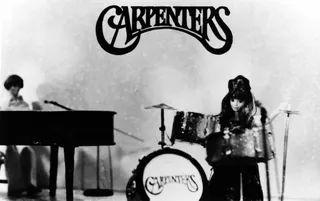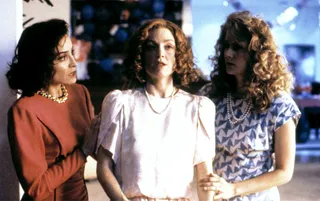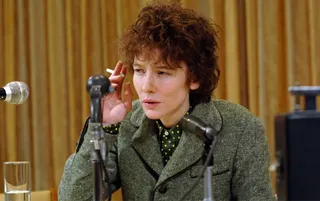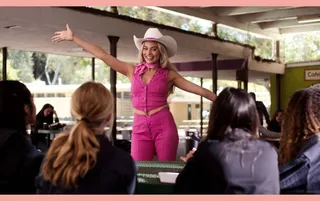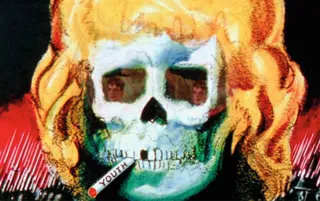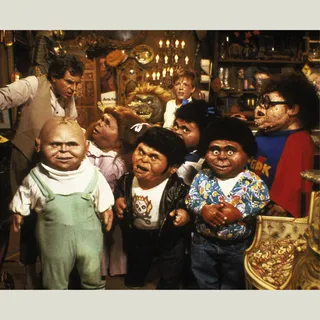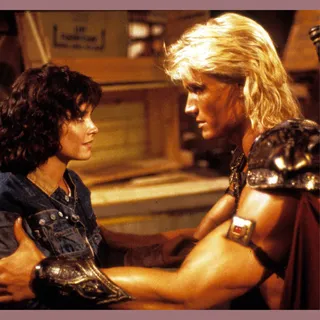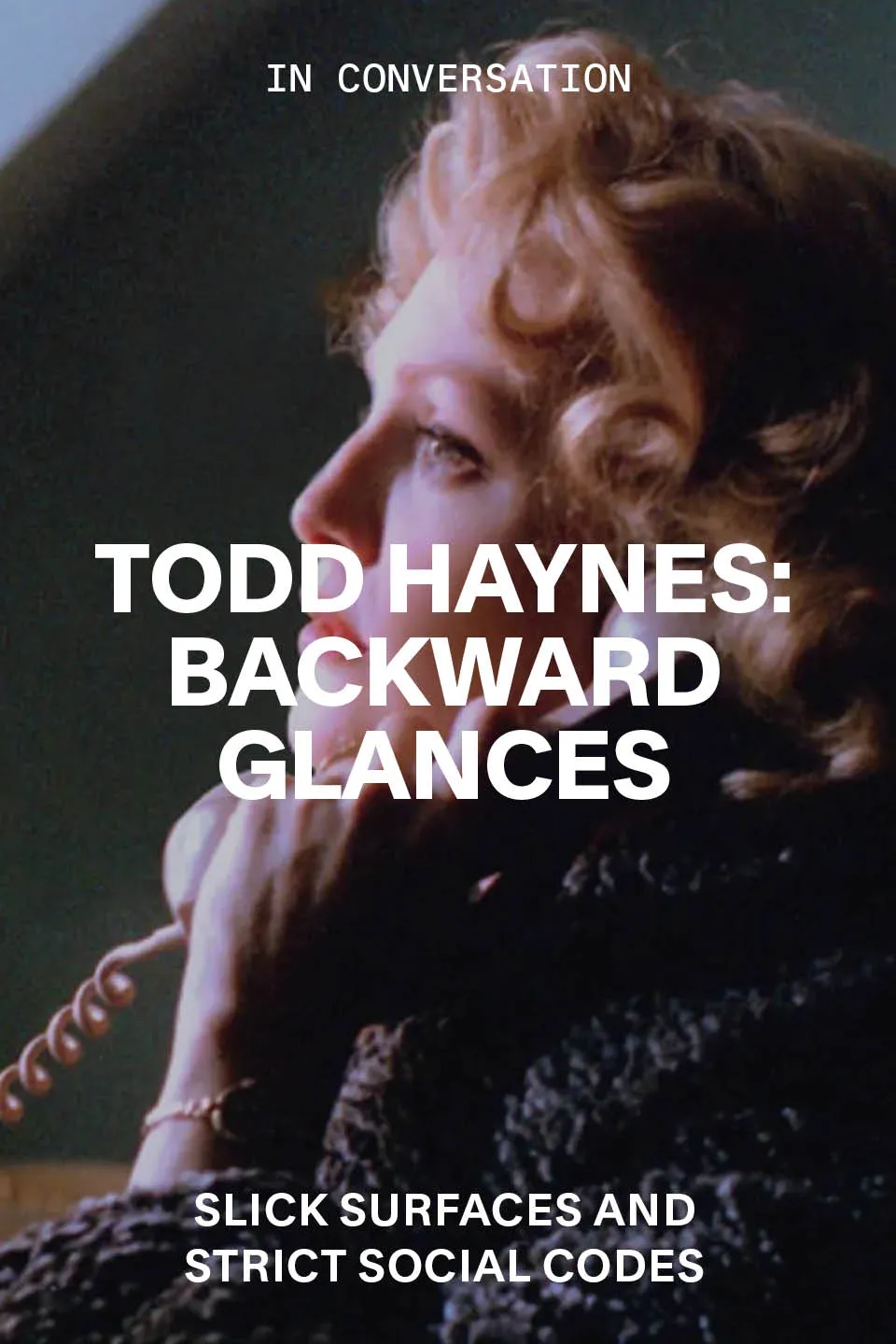Close to Her
By Adam Nayman
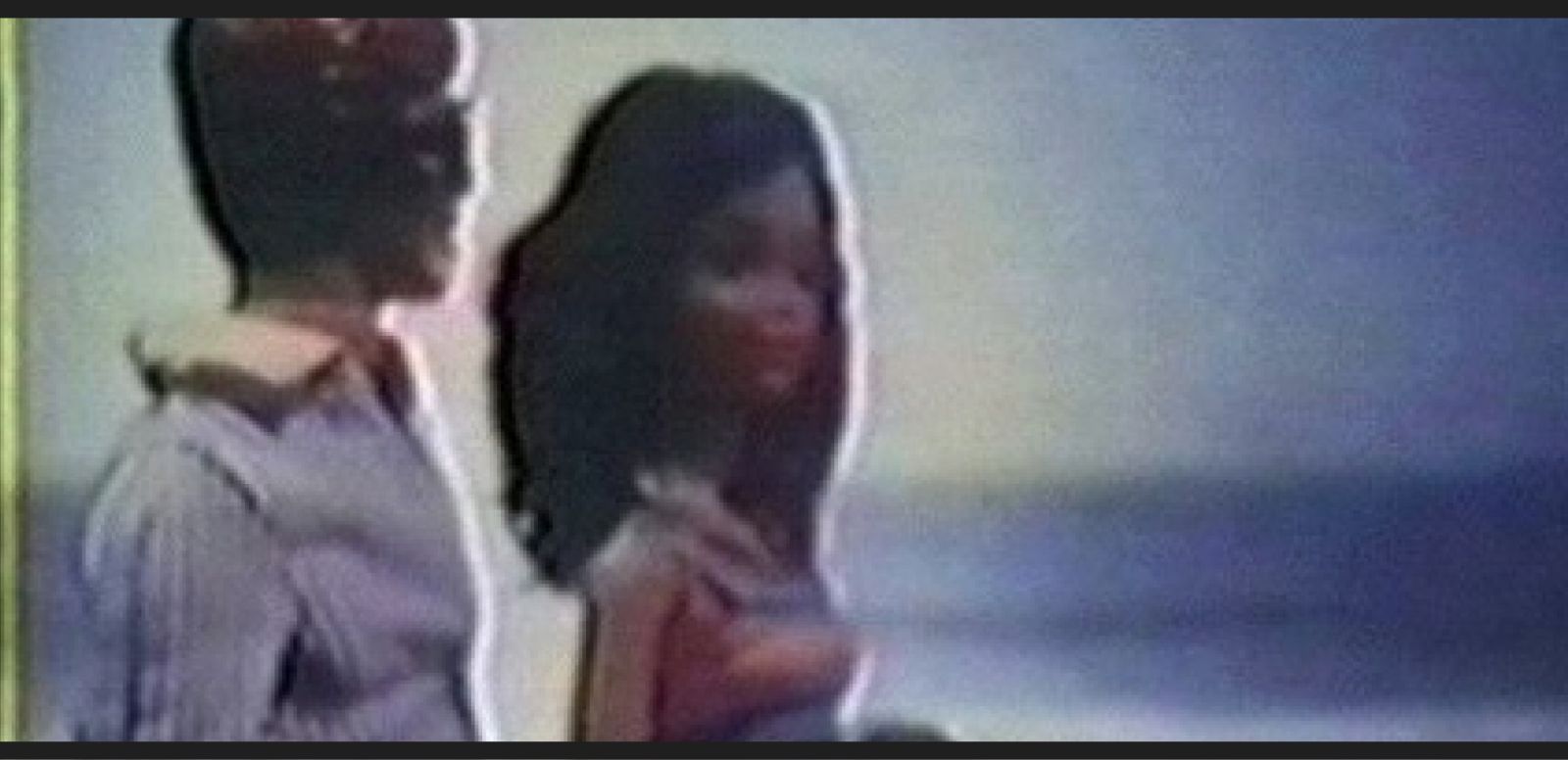

Superstar: The Karen Carpenter Story, dir. Todd Haynes, 1987
Close to Her
Todd Haynes’s early work Superstar: The Karen Carpenter Story ingeniously uses distancing techniques to approach its subject
By Adam Nayman
August 2, 2024
When Orson Welles was making Citizen Kane (1941), he called moviemaking “the greatest train set a boy could ever have.” Welles was reaching back rhetorically to the very origins of his chosen medium—specifically, the apocryphal story about turn-of-the-19th-century audiences fleeing in terror from a Parisian theater projecting the arrival of a locomotive. He was also laying down the (dolly) tracks for every heavy-duty industrial auteur to forge a similar trajectory of creation and control. Think of the opening sequence of Steven Spielberg’s 2022 film à clef The Fabelmans, where the preteen hero smashes his toy railroad cars in slavish imitation of the circus-convoy crash in The Greatest Show on Earth (1952). Gazing at the Super 8 footage through steepled fingers, the future Oscar winner experiences a mix of fear, reverence and awe at his own handiwork.
![]()
Superstar: The Karen Carpenter Story
![]()
Karen and Richard Carpenter in Hollywood, 1976
“What better way to convey A-list alienation than to have a superstar embodied by a series of forlornly anodyne Barbie dolls?”
If the image of the director as a kind of precocious puppet master endures, that’s because it exposes—and exalts—the inherent control fetish at the heart of filmmaking. Welles’s epigram speaks not only to the exuberance of making cinema—of bustling crowd scenes and swooping crane shots—but also the attendant power trip, which transcends the scope of the production. These irresistible impulses are as applicable to a micro-budget DIY enterprise as a Hollywood blockbuster. Imagine the prerogative to transform living, breathing human beings into carefully lit and posed playthings.
There are no derailments in Todd Haynes’s experimental short film Superstar: The Karen Carpenter Story (1987), but figuratively speaking it’s a movie about a train wreck. Its namesake is the winsome, fatally fragile singer-drummer who died of anorexia-related complications at the age of 32, a vertiginous celebrity rise-and-fall narrative relayed via a unique and devastating formal conceit. “People never think of entertainers as being human,” Carpenter said during her run at the top of the charts, a quote that spoke to some ineffable sense of loneliness. Where so many other folkies struggled to equivocate melancholy, the New Haven native with the soulful contralto came by it naturally. (When Karen harmonized with her brother, Richard, about rainy days and Mondays getting her down, she seemed to mean it; ditto the anxiety suffusing her cover of the Beatles’ “Help!”) Circa 1983, when Karen Carpenter’s passing was the stuff of tabloid headlines, Haynes was only just beginning his career as the most semiotically adept American filmmaker of his era. An avowed Carpenters fan who’d grown up with their music on the radio, he took Karen’s quote about dehumanization as a spur to some audacious artistic license. Shooting on a shoestring budget in and around Bard College, armed with a handful of Barbie dolls and some ingenious cardboard and contact-paper sets, Haynes and his collaborators (including co-writer Cynthia Schneider and cinematographer Barry Ellsworth) conjured a miniature masterpiece: a showbiz biopic perched precariously—and daringly—on the fault line between exploitation and empathy.
![]()
Safe, dir. Todd Haynes, 1995
![]()
Velvet Goldmine, dir. Todd Haynes, 1998
![]()
I'm Not There, dir. Todd Haynes, 2007
In a 1996 interview with Sight and Sound, Haynes copped to being the sort of little boy who played with dolls—mostly toy horses, which he used to entertain his younger sister with melancholy flights of make-believe. (“The horse would die and come back to life and she’d cry,” he told Amy Taubin.) Haynes’s idea with Superstar was to channel that same half-innocent, half-sadistic air of bathos into a parody of then-omnipresent movie-of-the-week clichés, weaponizing the genre’s dehumanizing conventions by taking people out of the equation. What better way to convey A-list alienation than to have a superstar embodied by a series of forlornly anodyne Barbie dolls, ready-made metaphors for a culture industry that simultaneously inflates and reduces its biggest stars into pieces of disposable product?
As a movie literally populated by plastic figurines, Superstar is first and foremost a (literally) hands-on exercise in directorial choreography, even as its MO subverts and critiques the limits of control. When Karen, tremulously voiced by actress Merrill Gruver from behind a miniature, jet-molded facade, meets with a record label representative to negotiate the terms of her contract, she’s ultimately seduced by her own potential loss of autonomy. “All you have to do,” the exec says soothingly, “is put yourself in my hands.”
Although Superstar is structured as a narrative—one that begins with the discovery of Karen’s body by her mother and then flashes back to pivotal events in her personal and professional life, including her brief marriage and grueling medical treatments—it’s also punctuated by stylistic flourishes borrowed from 1970s-style cine-essays and passages of pure abstraction. One obvious precedent was experimental artist-slash-occultist Kenneth Anger’s pioneering 1963 avant-garde provocation Scorpio Rising, which interrogated and exalted the iconography of mid-century biker-chic under the sign of Marlon Brando. Like Anger, Haynes strategically juxtaposes different forms of pop-cultural ephemera in order to discombobulate and entice his audience: all those pristine figurines, jerkily pantomiming melodramatic plot twists against a backdrop of melodic top-40 hits—not only by the Carpenters but also Elton John, Gilbert O’ Sullivan, Dionne Warwick and others—whose collective, affirmational blandness is boldly recontextualized by Haynes’s art-punk approach.
![]()
Barbie, dir. Greta Gerwig, 2023
![]()
Scorpio Rising, dir. Kenneth Anger, 1963
In scene after scene, Superstar flaunts both its cheapness and its artificiality, with no pretensions to realism, or even fluidity, in its crude, stop-motion technique. At the same time, Haynes refuses to place his heroine’s plight—or the perpetrators’ culpability in her behind-the-scenes breakdowns—in scare quotes; in fact, there’s barely a shred of irony in the entire movie. Instead, working like a cinematic jiujitsu master, Haynes places the onus of reaction on the viewer—a tactic that’s both generous and ruthless. Having Karen played by a series of increasingly ragged, carved-down Barbies as she slowly starves herself to death is surely a sick joke, albeit one that sticks in the throat. Like a lot of genuinely trenchant satire, Superstar isn’t trying to be funny so much as to expose larger mechanisms of commodification and corrosion.
It’s on this front that Haynes’s film signified something pernicious well beyond the sad decline of Karen Carpenter. Given the filmmaking climate of the late 1980s, when studios were desperately trying to churn out movies featuring nonhuman—and thus more easily reproducible—protagonists, Superstar was like a line in the sand against the encroaching commercialization of cinema. This was 1987, the year of Masters of the Universe and The Garbage Pail Kids Movie, craven attempts to transubstantiate childrens’ collectibles into screen entertainment. While nobody would typically rush to compare Todd Haynes to Mel Brooks, the latter offered his own riposte against the action-figure industrial complex in the Star Wars pastiche Spaceballs, which climaxes with the revelation of a pop-up shop staffed by quasi-Ewoks hawking merchandise with the movie’s imprimatur (“Merchandising!” crows Brooks as a faux-Yoda who brands his own cuddly plush doppelgänger. “Where the real money from the movie is made!”). In a moment when most up-and-coming American directors would have happily accepted a commission from Mattel to renovate their intellectual property, Haynes’s distinctly and defiantly unlicensed project was directed toward a very different constituency.
![]()
The Garbage Pail Kids Movie, dir. Rod Amateau, 1987
![]()
Masters of the Universe, dir. Gary Goddard, 1987
The furor over Superstar after it hit the festival circuit has been well-documented, with Richard Carpenter seeking to have the film removed from circulation—ostensibly because of Haynes’s failure to secure music clearances, but more obviously having to do with his severely unflattering depiction of the musician. Such controversy ultimately did wonders for the movie’s reputation, rendering it as a juicy, unwholesome slice of American samizdat; as Haynes’s career blossomed in the early 1990s, Superstar was framed by critics who’d caught it the first time around as the primal scene of Haynes’s dazzling, queer-outlaw artistry. There are seeds here of the rock-mythologizing of Velvet Goldmine (1998) and I’m Not There (2007), as well as the unflinching dissociative portraiture of Safe (1995) and Far from Heaven (2002). If Haynes’s great theme is the incompatibility of human sensitivity with the expectations (and pressures) of a consumerist society, Superstar got there first.
It’s also easy to draw a line from Superstar to a certain recent billion-dollar, Mattel-ratified movie directed by Greta Gerwig, who addressed the connection to Haynes’s underground classic in good faith. Last year, she told The Hollywood Reporter that Superstar’s legacy of subversion made her backers nervous. Haynes, meanwhile, referred to Gerwig’s Barbie graciously—but also very precisely—as a “confection that everybody could share.” The greatness of Superstar lies in its refusal to candy-coat its story while pointing to the way trauma is routinely packaged—and sweetened—for our delectation. It’s a movie awash in sensations of nausea that’s all the more visceral—and humane—for eschewing real flesh and blood. Even as it plays with questions of distance, Superstar is possessed of a remarkable intimacy that finally honors its subject. It longs to be close to her.
